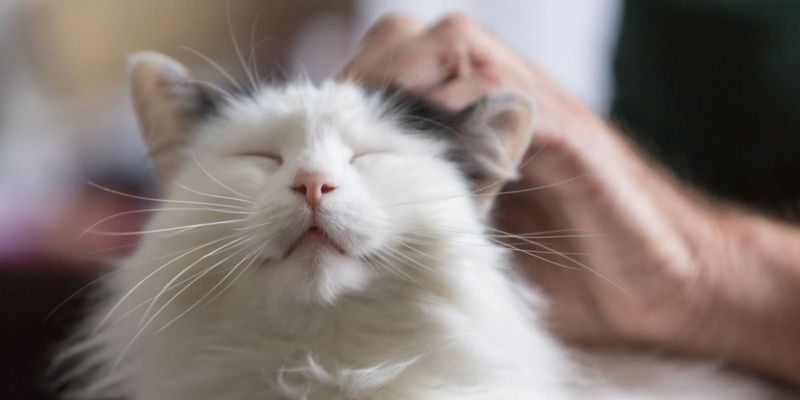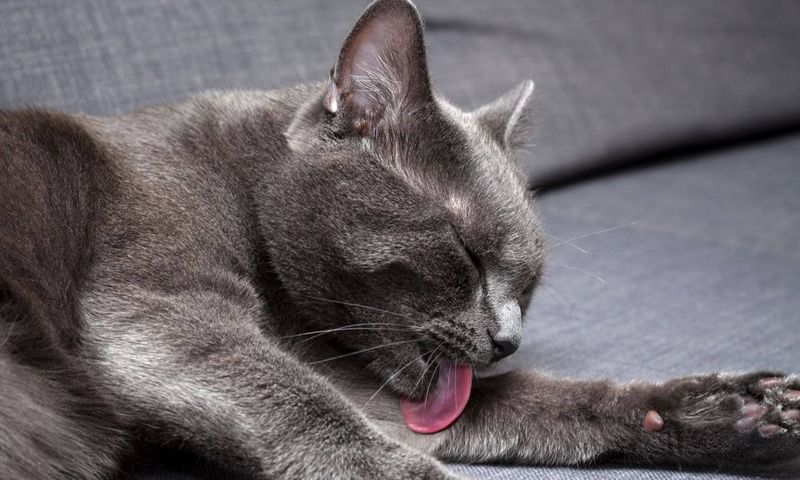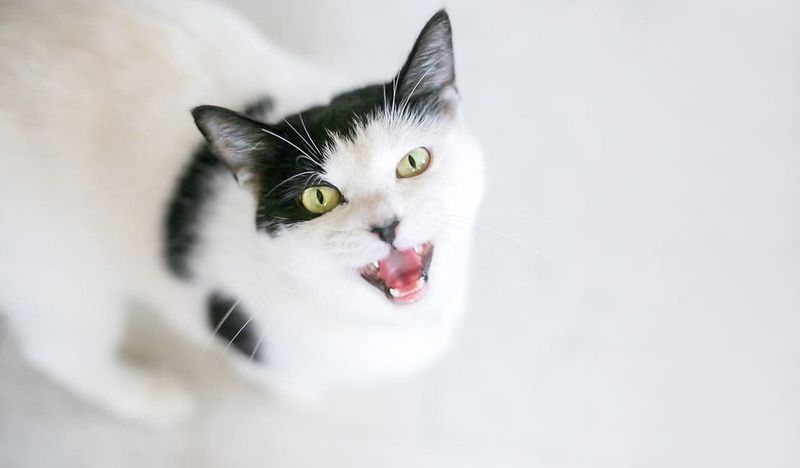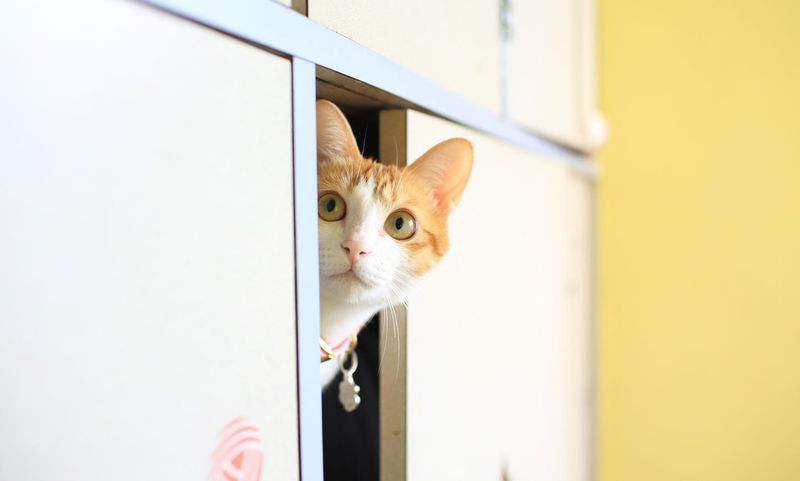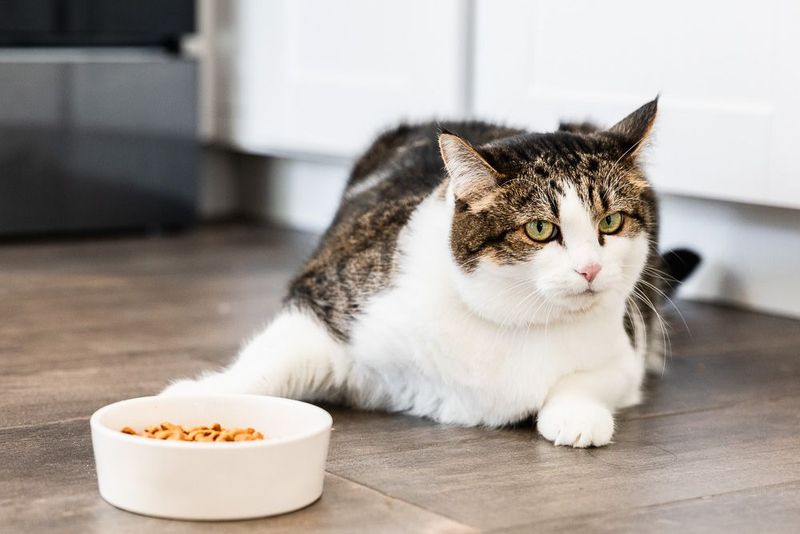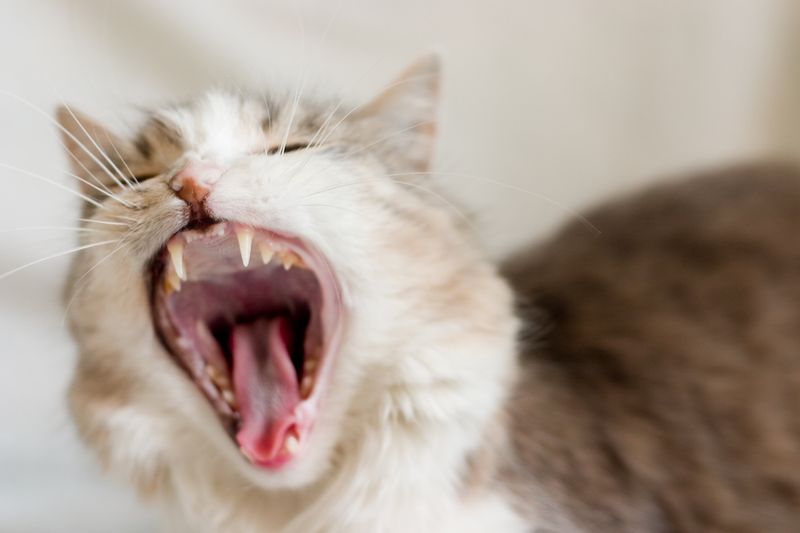📖 Table of Content:
Cats have long been cherished for their playful personalities and captivating behaviors. Their quirky actions, from purring to pawing, often bring joy and laughter to their owners. However, some of these behaviors can be more than just cute—they may be signs of deeper health or emotional concerns.
While it’s easy to overlook certain habits as harmless, it’s important to pay attention to changes in your cat’s routine. Unexplained behaviors like excessive grooming or unusual vocalizations could indicate stress or physical discomfort. These signals are not always obvious, but they can provide valuable clues about your cat’s well-being.
Understanding the hidden meanings behind your cat’s actions is crucial for maintaining its health and happiness. By recognizing these subtle signs, cat owners can address potential issues before they escalate. Whether it’s a change in eating habits or a shift in energy levels, each behavior deserves careful attention to ensure a long, healthy life for your feline companion.
1. Excessive Purring
While purring is often a sign of a happy cat, excessive purring can sometimes signal distress. Cats may purr to comfort themselves when they’re experiencing pain or anxiety. If the purring becomes louder or more constant, it could be a sign of an underlying health issue that needs professional attention.
Another reason for excessive purring could be anxiety. Cats may purr more when facing unfamiliar situations or people. Understanding this behavior requires observing the context and frequency of the purring.
2. Kneading with Claws
Often rooted in early kitten behavior, kneading is usually a sign of contentment. Yet when paired with extended claws, it may reflect tension or nervousness. In such cases, the behavior could be your cat’s way of coping with insecurity.
This adorable yet potentially painful habit sometimes signals a deeper need for comfort. Providing a safe space and familiar objects can alleviate this stress. Pay attention to when and why your cat kneads to better understand their emotional state.
3. Sudden Bursts of Energy
Sudden bursts of energy, often described as the ‘zoomies,’ might seem playful, but they can indicate boredom or a lack of exercise. Cats need mental and physical stimulation, and without it, they may act out.
These energetic episodes might also reveal underlying health issues, such as hyperthyroidism. If your cat frequently exhibits these sudden energy bursts, consider introducing more playtime or a vet consultation to rule out health concerns.
4. Excessive Grooming
Cats are known for their grooming habits, but excessive grooming can lead to skin irritation or bald patches. This behavior might indicate allergies or stress.
When grooming becomes obsessive, it’s essential to identify the root cause. Look for environmental changes or potential allergens that could be affecting your cat. Consulting a vet can help determine whether medical intervention is necessary.
5. Frequent Meowing
While cats communicate through meowing, frequent and loud meowing can signal distress or health issues. Cats might meow excessively due to pain, hunger, or anxiety.
Understanding the reason behind this vocalization requires observing the timing and context. If your cat’s meowing is recent and unexplained, it may be worth investigating further with the help of a vet.
6. Hiding More Often
Though many cats are naturally reserved, an uptick in hiding can signal stress, fear, or health issues. When cats are feeling threatened or unwell, they often retreat to find solitude.
If your cat starts hiding more frequently, consider recent changes in their environment or routine. Addressing these changes can help alleviate your cat’s anxiety. In some cases, a vet check-up might be necessary to rule out health issues.
7. Aggressive Play
Playtime is essential for cats, but aggressive play can be a red flag. This behavior might indicate frustration, fear, or a lack of proper socialization.
Aggressive play can lead to injuries for both the cat and the owner. Observing your cat’s play habits can help identify triggers for this behavior. Providing appropriate toys and controlled play settings can mitigate aggressive tendencies.
8. Loss of Appetite
A sudden loss of appetite in cats can be concerning, as it may signal illness or stress. Cats are creatures of habit, and changes in eating patterns often reflect deeper issues.
If your cat consistently refuses food, it’s crucial to consult a veterinarian. Identifying any environmental factors or recent changes can also provide insight into the root cause of the lost appetite.
9. Litter Box Avoidance
If a cat avoids using the litter box, it could indicate underlying health issues like urinary tract infections or stress. Cats typically have high cleanliness standards, so this behavior is a serious warning sign.
Understanding the cause requires examining the litter box’s cleanliness, location, and type. A veterinarian can help rule out medical issues. Providing a comfortable and clean environment often resolves this problem.
10. Vocalizing at Night
Nighttime vocalizations can disturb your sleep and may indicate your cat’s discontent or health issues. Cats might vocalize at night due to hunger, loneliness, or cognitive dysfunction in older cats.
To address this, ensure your cat’s needs are met before bedtime, and consider creating a comforting nighttime environment. If the behavior persists, a vet consultation may be necessary to check for underlying health problems.

